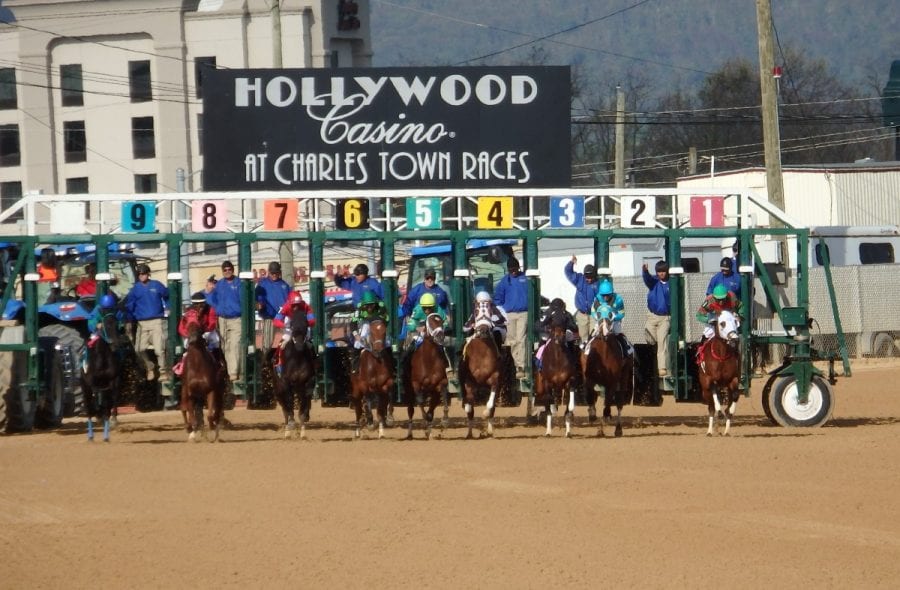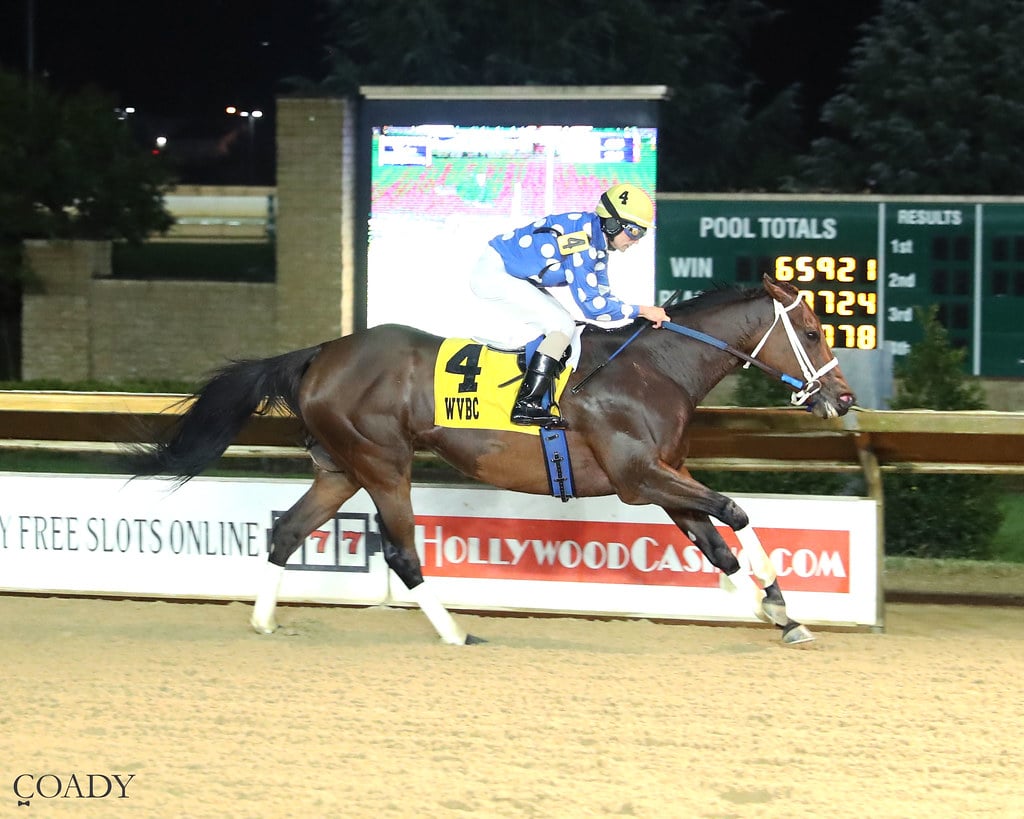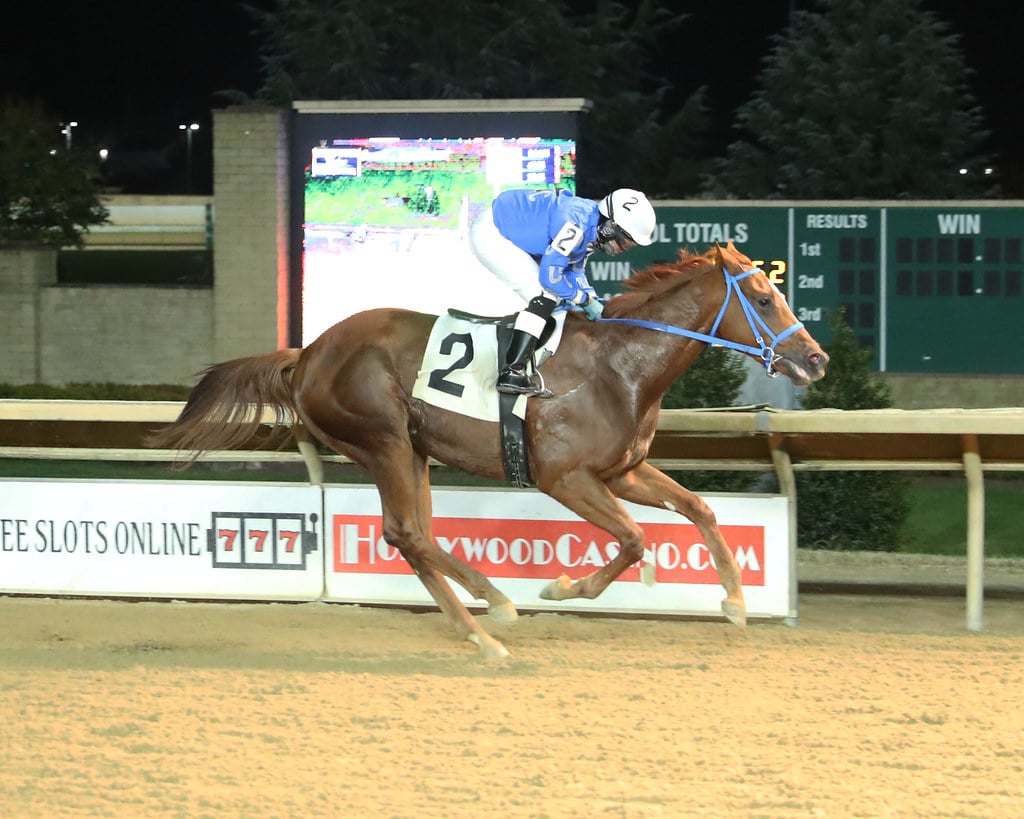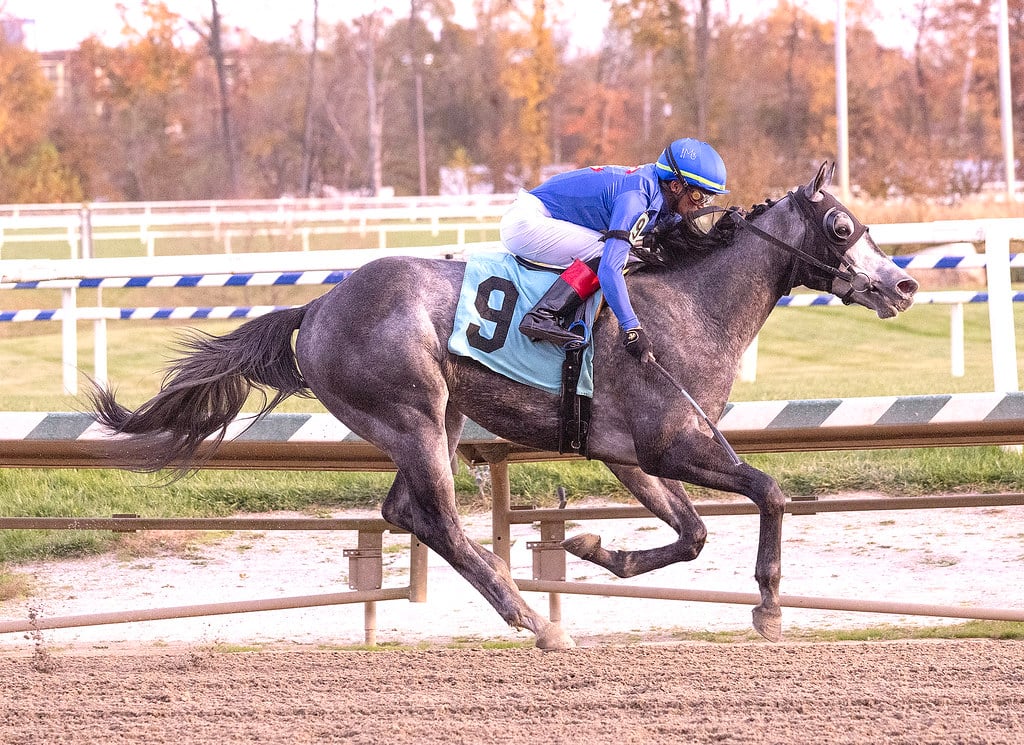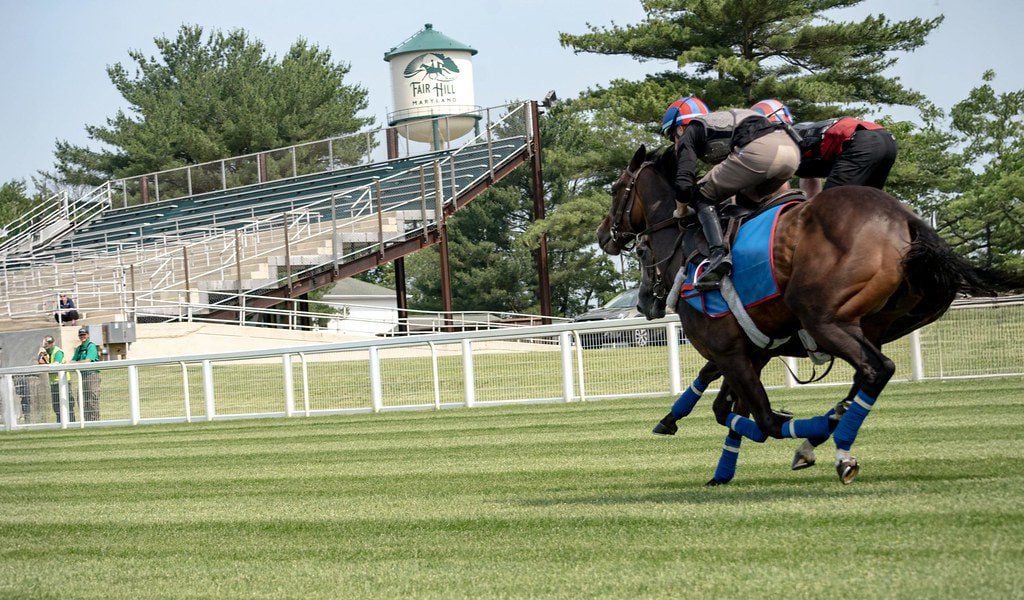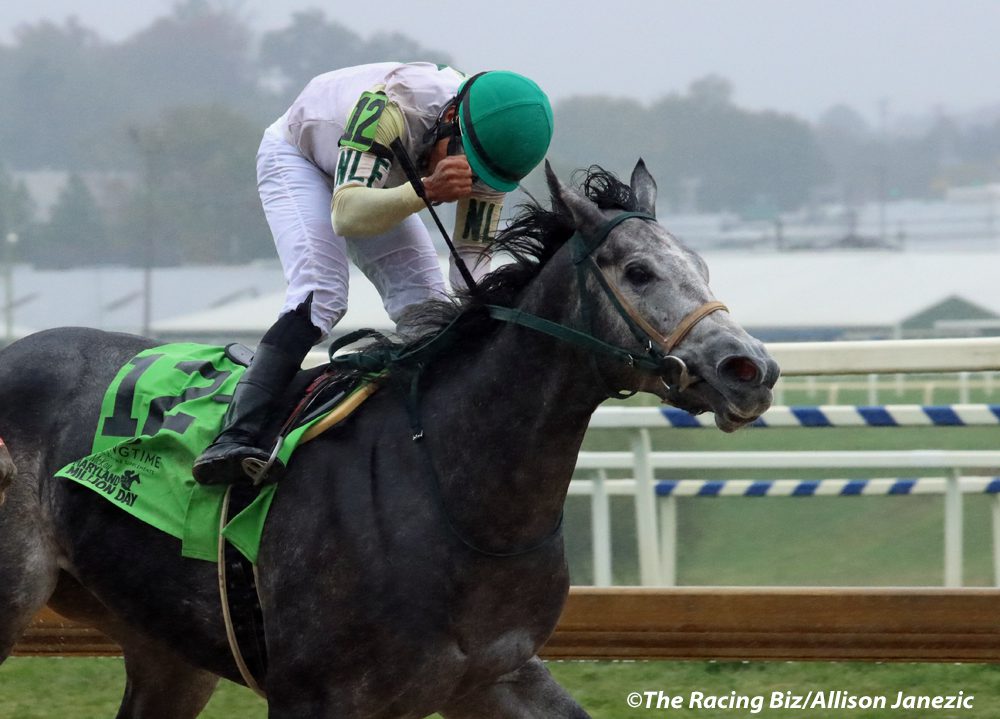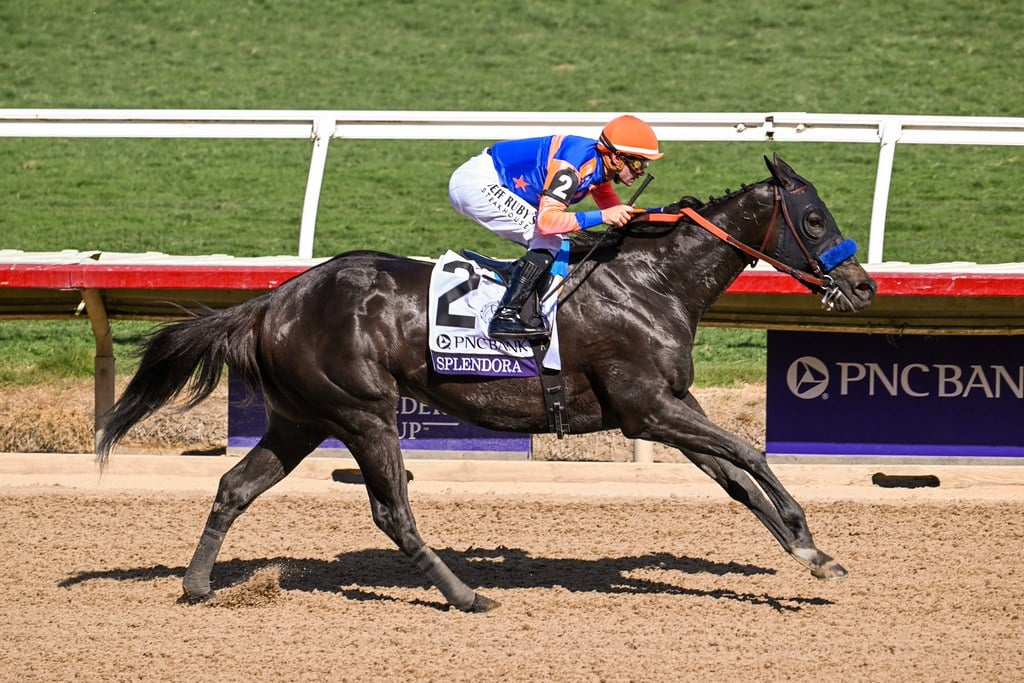Racing trends to watch in 2025
So what’s gonna happen in racing in 2025?
Your guess is as good as mine, of course. But here are some stories and trends that bear watching in the year to come.
THE INCREDIBLE SHRINKING RACING INDUSTRY
Wagering handle fell off a cliff in December, down 14% versus the prior year, concluding a year in which handle declined by 3.35% versus 2023.
It was the third straight year of diminishing handle and second straight in which betting dropped by more than three percent. More troubling: since its 2003 high water mark of more than $15.1 billion wagered, the industry has seen betting drop by about 57% (not a typo) in inflation-adjusted dollars.
There are many reasons for this, but what’s perhaps most remarkable is that the industry’s poohbahs have mostly gone ostrich on it. Or they’ve pretended it’s a marketing problem.
But it’s not a marketing problem; it’s a product problem. Racing has struggled – increasingly so – as the gambling market has become more crowded. It needs to improve its product dramatically in light of fierce competition from other gambling games: lower takeout, restrictions on computer assisted wagering, improved tote systems all should be on the menu.
Where are the initiatives to make racing competitive in the gambling marketplace? Where is the urgency?
I’m not seeing it, and if we don’t see it soon, well, it’s not hard to figure out where this trend line leads.
THE INCREDIBLE SHRINKING RACING INDUSTRY, PART 2
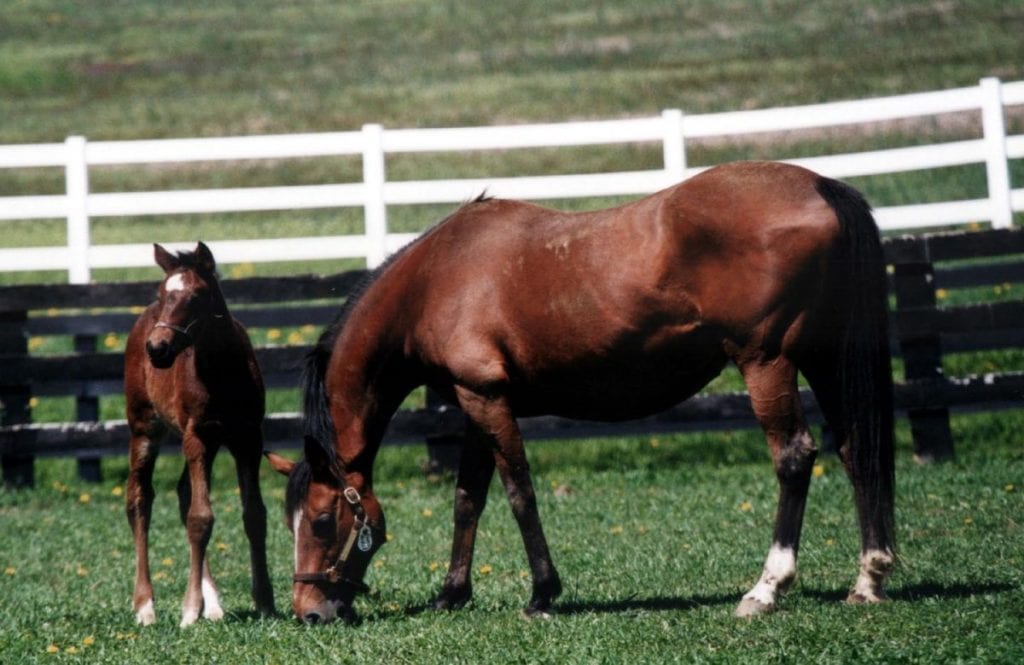
Speaking of shrinking, the decline in the foal crop continues apace.
The Jockey Club is projecting a 2025 foal crop of 17,300, a decline from its estimate of 18,000 for 2024 and far below the 40,000+ numbers registered in the 1980s and even the 30,000+ that was the norm through 2008.
The problem is especially acute in states not named Kentucky.
Indeed, the number of foals bred in Kentucky grew a bit – about 10% — from 1993 to 2022, according to Jockey Club figures. The number of foals bred in the other 49 states, however, fell by almost two-thirds, from 26,831 in ’93 to just over 9,200 in 2022.
The trend looks about like that in the Mid-Atlantic. In 2007, five Midlantic states – Maryland, Pennsylvania, New Jersey, Virginia, and West Virginia – saw nearly 3,600 foals bred in those states. By 2022, that number was down to fewer than 1,700, a decline of 53%.
Stop me if you’ve heard this before, but absent significant change, it’s not hard to figure out where this trend line leads.
A DECLINE WE WELCOME
On the good news front: the incidence of equine fatalities continued its long decline during 2024, and racetracks regulated by the Horseracing Integrity and Safety Authority (HISA) saw fewer than one fatality per 1000 starts in the third quarter, the lowest level since racing stakeholders began keeping track.
This welcome decline actually predates HISA. It began a number of years ago and was spearheaded by efforts that began in the Mid-Atlantic, where stakeholders created a strategic plan to reduce fatalities.
From 2009 to 2014, according to the Equine Injury Database, US racetracks averaged around 1.9 fatalities per 1,000 starts. That number came down gradually but consistently for the next several years, and from 2021-2023, it was a shade over 1.3.
That these declines have continued under the new regime and perhaps even accelerated is great news that demonstrates the industry’s capacity for change, when it puts its mind to it.
REMEMBER BOB BAFFERT?
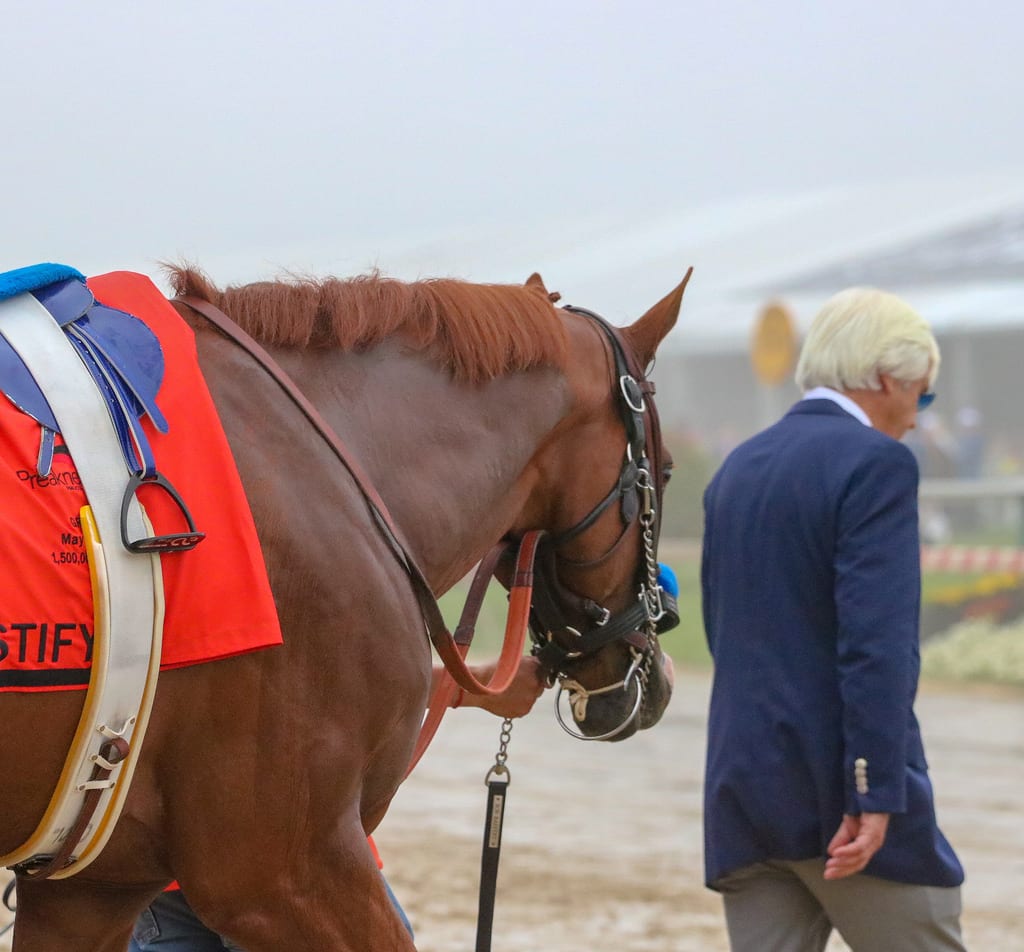
You remember Bob Baffert, right? The trainer who got in a little tiff with Churchill Downs and then was tossed overboard by that company, which barred him from running in the Kentucky Derby for three years? That guy?
Yeah, well, the Derby ban had an enormous impact on poor Bob’s business. I mean, in 2021, his last year of Derby eligibility, his horses had purse earnings of almost $12.8 million, while in 2024, they earned just over $14.5 million.
Wait. Never mind.
Regardless, Baffert is officially persona gratain Louisville once again, and because the racing gods have such a gleeful sense of humor, Baffert has three of the top four runners in Kentucky Derby points as of Jan. 8.
And that’s to say nothing of Barnes, the $3.2 million Into Mischief colt who won the San Vicente by a pole, or flashy debut winner Rodriguez, who earned a triple-digit Beyer speed figure for his exertions.
If you need Bob, you’ll find him in Louisville on the first Saturday in May.
GRADING ON A CURVE
It was not a good year for Midlantic tracks and graded or listed stakes.
In the latest roster provided by the American Graded Stakes Committee, two races contested in the region were upgraded, both from black type to listed. But 16 other races received downgrades.
Among the most prominent: the Delaware Handicap, General George, Barbara Fritchie, Monmouth Stakes, and Chick Lang. The last three all slip from Grade 3 to listed, while the DelCap, not so long ago a Grade 1, will be run as a Grade 3 in 2025. The exertions of 2023 winner Idiomatic – a five-time Grade 1 winner after winning the DelCap – were not enough to salvage that race.
Let’s hope 2025 has better news to offer on this front.
THE ROAD TO NEW KENT
Since the onset of the Kentucky Derby points age, there’s been a conspicuous hole in the schedule for East Coast horses (outside of Florida).

The Withers, in early February at Aqueduct, is 1 1/8 miles and two turns. The Wood Memorial, two months later at the same track, is also 1 1/8 miles and two turns. Both offer Derby qualifying points.
In between, in terms of Derby points races there’s only the Gotham, a one-turn mile race. Trainers looking for two-turn preps have to look elsewhere, and until this year, elsewhere meant Florida or Louisiana, since, for example, Laurel’s Private Terms (1 1/16 miles, two turns) was just $100,000 and zero Derby points.
Consider the gap filled, and filled in what until recently would have been the most unlikely of places: Colonial Downs. The Virginia Derby will shift from being a summer turf race to a March dirt race,
Virginia Derby 2.0 will take place March 15 in New Kent and offer 50 Derby points to the winner. That all but guarantees the winner a spot in the Kentucky Derby – and ensures Colonial Downs a spotlight it’s rarely had in the past.
THE MARYLAND EXPERIMENT
A lot of eyes in the Thoroughbred world will be, at least intermittently, on Maryland in the years to come. Year one of Maryland’s effort to remake its Thoroughbred industry under the auspices of the Maryland Thoroughbred Racetrack Operating Authority starts now.
If it all falls into place the way its architects imagine, in a few years Maryland racing will take place in a glittering new Pimlico supported by a state-of-the-art training center, handle will be on the rise, and the industry’s bet on itself will have paid off in a big way.
Here’s hoping.
LATEST NEWS


